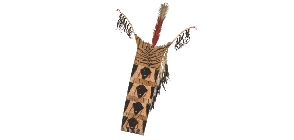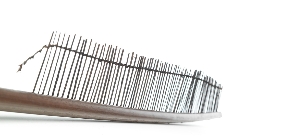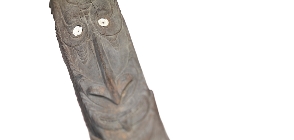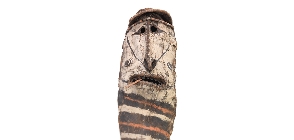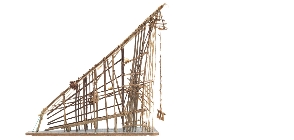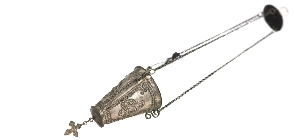Gender dimorphism, that is, gender-specific difference, is a worldwide phenomenon of humans and animals. One of the most obvious differences is size. The stag is bigger than the roe deer, the cock is bigger than the chicken, yet the blue whale cow is bigger than the blue whale bull. As far as human beings are concerned, the male is on average taller than the female. The average Swiss male is 178 centimetres tall, the female 165 centimetres, a height difference of 13 centimetres.1 What is it with the seemingly fixed rules of nature? New life is already measured and compared to other fetuses at the first examination of the pregnant woman. Based on these values, the development of the fetus is monitored. Children have to undergo the procedure of weighing and measuring at each visit to the doctor. They are compared to a norm. Measures are taken if they do not conform to it.
Growth is a complex process that is influenced by various hormones as well as by exogenous and genetic factors. Genetics is said to be responsible for only five per cent of this variability.2 Girls grow earlier and more slowly, boys later but longer. A discrepancy occurs through this different hormonal and ontogenetic development, one which is responsible for the difference in height between men and women.3 Although this fact explains the biological process, it does not explain what causes it. When hunting ensured the continued existence of the species, a taller man with corresponding strength probably had an advantage as far as killing animals was concerned. If we look at today's groups of hunters and gatherers, however, it is striking that a successful hunt does not correspond to physical size. The San in southern Africa, for example, who have relatively small bodies, are very successful hunters.
A clarification of this contradiction seems to be supplied by sexual selection. Males are usually much bigger with polygamous animal species, that is, with a male with several females. The stronger and therefore often bigger herd animal wins in the struggle for the female, because it usually has more muscle mass. On the other hand, with nearly all pair-bonding animals – for example with gibbons – the size discrepancy between the sexes is scarcely apparent. According to this hypothesis, up to not too long ago, human males had to fight for the female and maintained a polygamous way of life. Why has physical size failed to adapt to the monogamous way of life of human beings? An explanation may be found in the ongoing advantage of bigger men being chosen by women and smaller women being chosen by men.
In addition, the size difference benefits from the different diets of males and females. Girls and women all over the world are usually nourished less well than boys and men. This phenomenon is called gender specific food discrimination. According to studies, women suffer from malnutrition twice as often as men, and the mortality risk of girls is twice as high as that of boys. This affects poorer regions of the world first and foremost. Nevertheless, the same trend can also be seen in industrialized countries. We take this socially organized deprivation for granted, we do not even notice it. Are there still families in our cities where the father, the head of the family, naturally gets the biggest slice of the Sunday joint? And yet it is the women who need, due to menstruation, pregnancy and breastfeeding, more protein and iron. Ultimately, it is a fact that women, because of cultural factors, do not completely exhaust their growth potential, and it is in our own hands how big or small we are.






